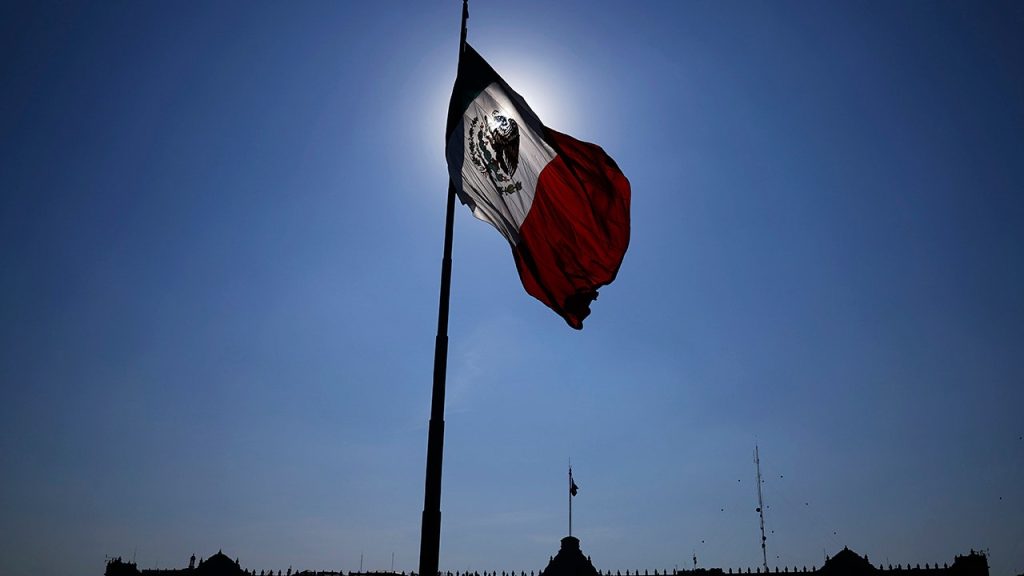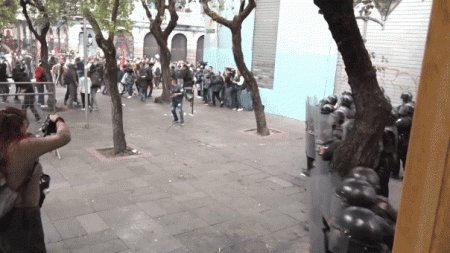Armed men invaded a hospital in central Mexico, killing a patient who was being treated for a gunshot wound. The attack took place in Cuernavaca, the capital of Morelos, where the gunmen entered an intensive care unit and shot the 23-year-old victim, who had been admitted just two days earlier. Although rare, hospital killings do occur in Mexico, as seen in a recent incident in Sinaloa where an assailant posing as a doctor attempted to kill a patient with an injection. In another high-profile case in 2023, hitmen entered a hospital in Culiacán, resulting in a deadly gun battle with rival gunmen and claiming the lives of four individuals, including a doctor.
The incident in Morelos highlights the dangers faced by patients in Mexico, where even hospitals are not safe from violent attacks. In some cases, gangs have targeted wounded rivals for assassination in hospital settings as a means of settling scores and eliminating threats. This brutal reality was evidenced by the murders of two paramedics in Zacatecas in 2021 while transporting a patient. The ruthlessness of these criminals is further underscored by the recent attack in Cuernavaca, where the gunmen showed no regard for the sanctity of a medical facility and the lives of those seeking care.
The brazen nature of these attacks raises concerns about the level of security in Mexican hospitals and the ability of law enforcement to prevent such acts of violence. The fact that armed men were able to enter an intensive care unit and carry out a targeted killing points to serious lapses in security protocols and underscores the challenges faced by authorities in combating organized crime. The prevalence of gang-related violence in Mexico poses a significant threat to public safety, with hospitals becoming yet another battleground for rival factions vying for control of territory and illicit activities.
President Andrés Manuel López Obrador’s characterization of gangs and cartels as “respectful people” who “respect the citizenry” is at odds with the reality on the ground, where criminal organizations operate with impunity and target individuals in hospitals and other traditionally safe spaces. The lack of accountability for such crimes further erodes public trust in law enforcement and the government’s ability to protect its citizens. The recent attack in Cuernavaca serves as a stark reminder of the pervasive influence of criminal organizations in Mexico and the challenges faced by authorities in addressing the root causes of violence.
In response to the attack, prosecutors in Morelos have launched an investigation to identify and apprehend those responsible for the killing. The incident underscores the urgent need for heightened security measures in hospitals and other public spaces, as well as a concerted effort to dismantle criminal networks and hold perpetrators accountable for their actions. Without swift and decisive action, hospitals in Mexico will remain vulnerable to violent attacks, putting patients, medical staff, and the wider community at risk of harm. It is imperative that authorities prioritize public safety and take decisive steps to ensure that hospitals and other essential services are protected from criminal elements seeking to sow chaos and instill fear in the population.
The brazen attack on a patient in a hospital in Morelos highlights the escalating violence and lawlessness that continue to plague Mexico, posing a grave threat to public safety and stability. As criminal organizations seek to expand their influence and assert control over territory, innocent individuals become caught in the crossfire, facing the grim reality of targeted violence even in supposedly safe environments. The attack in Cuernavaca serves as a stark reminder of the urgent need for comprehensive security measures, robust law enforcement capabilities, and a commitment to upholding the rule of law in order to curb the wave of violence that has engulfed the country. Only through concerted efforts to dismantle criminal networks, hold perpetrators accountable, and protect the most vulnerable members of society can Mexico hope to stem the tide of violence and create a safer, more secure future for its citizens.













